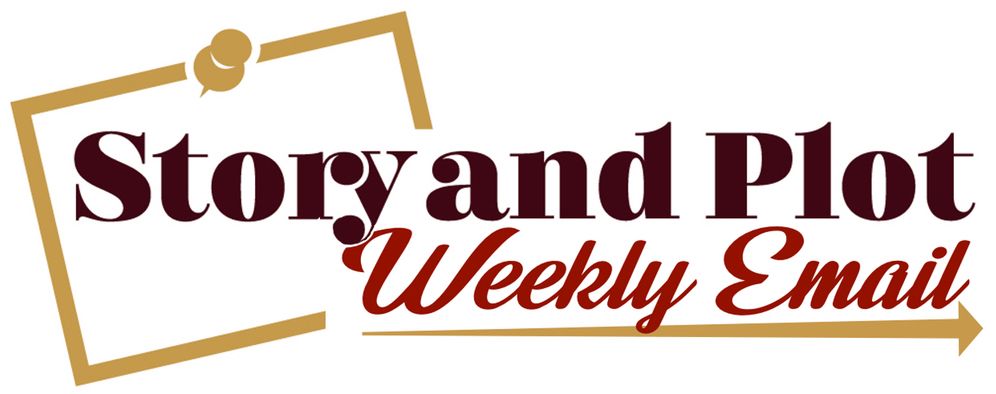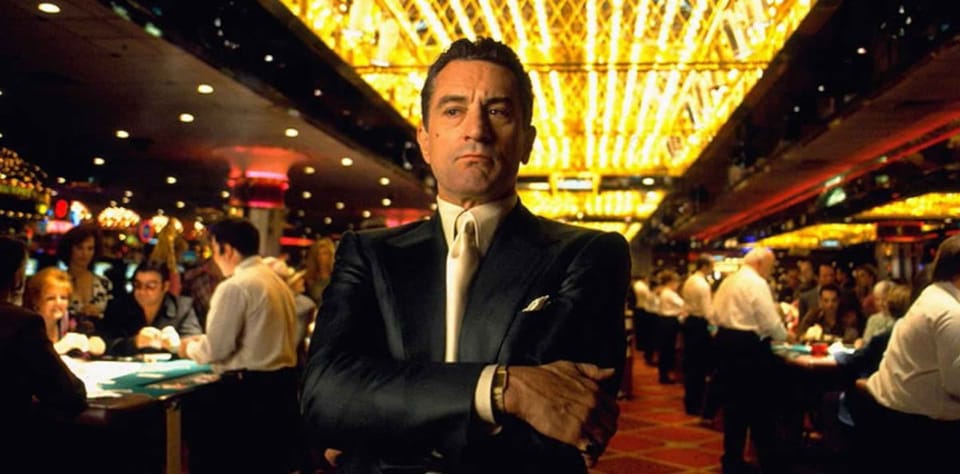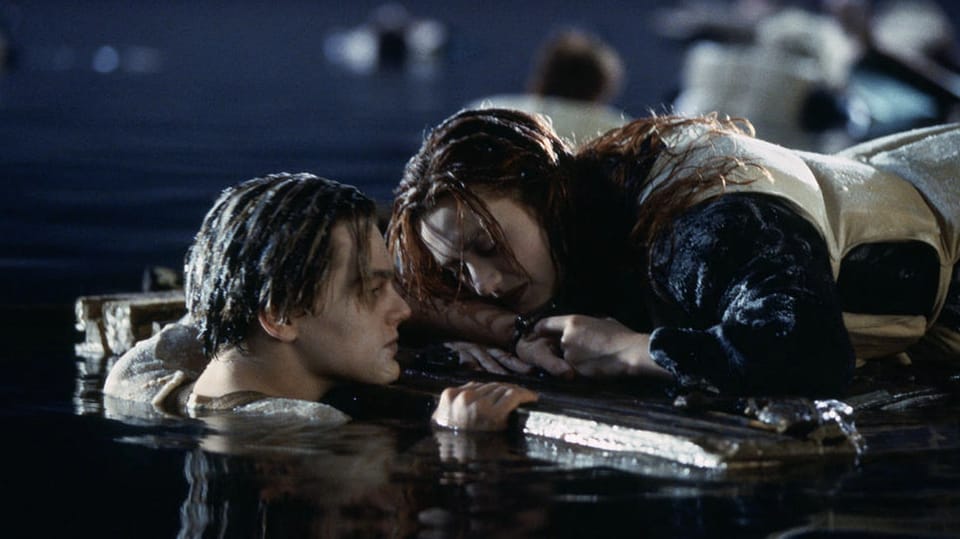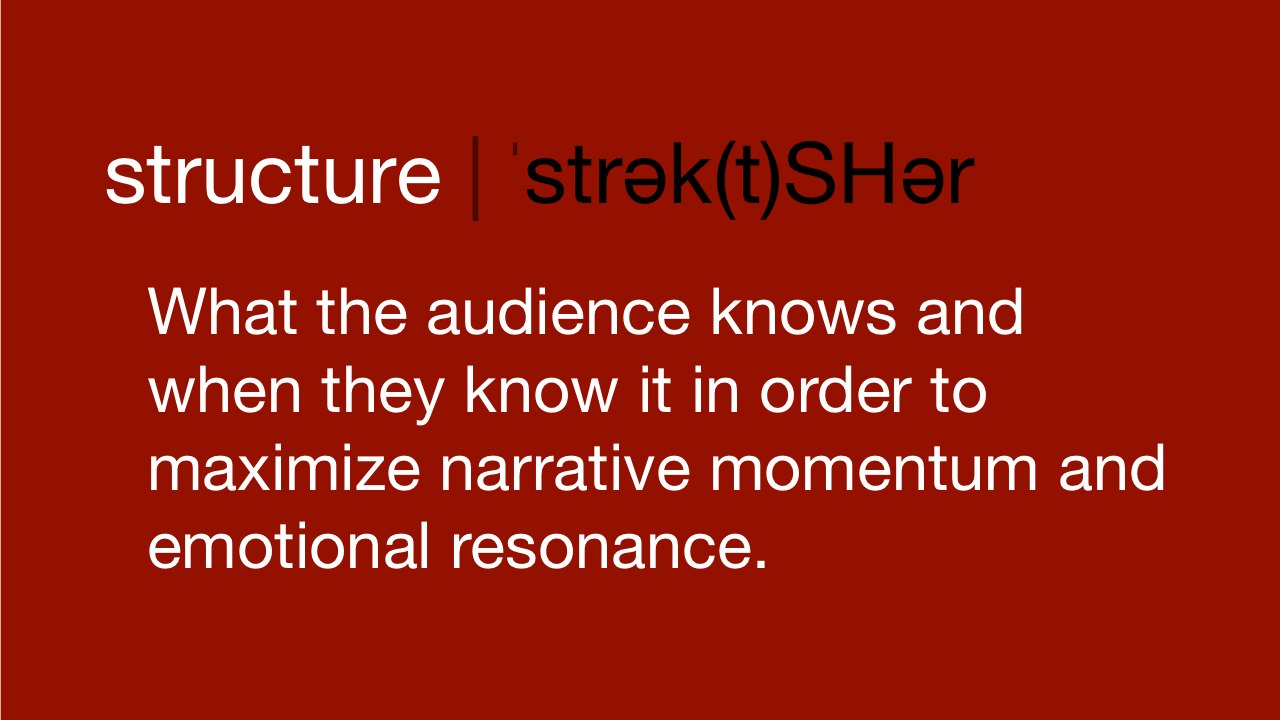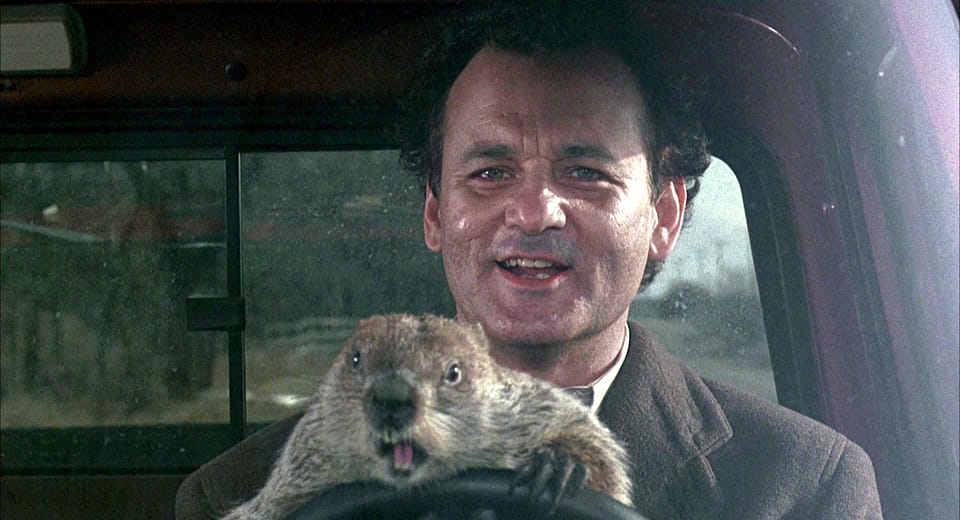The two most important decisions in your screenwriting.
One of my primary goals as a writer and a teacher is to simplify. We need to get out of our own way. We do this through a process.
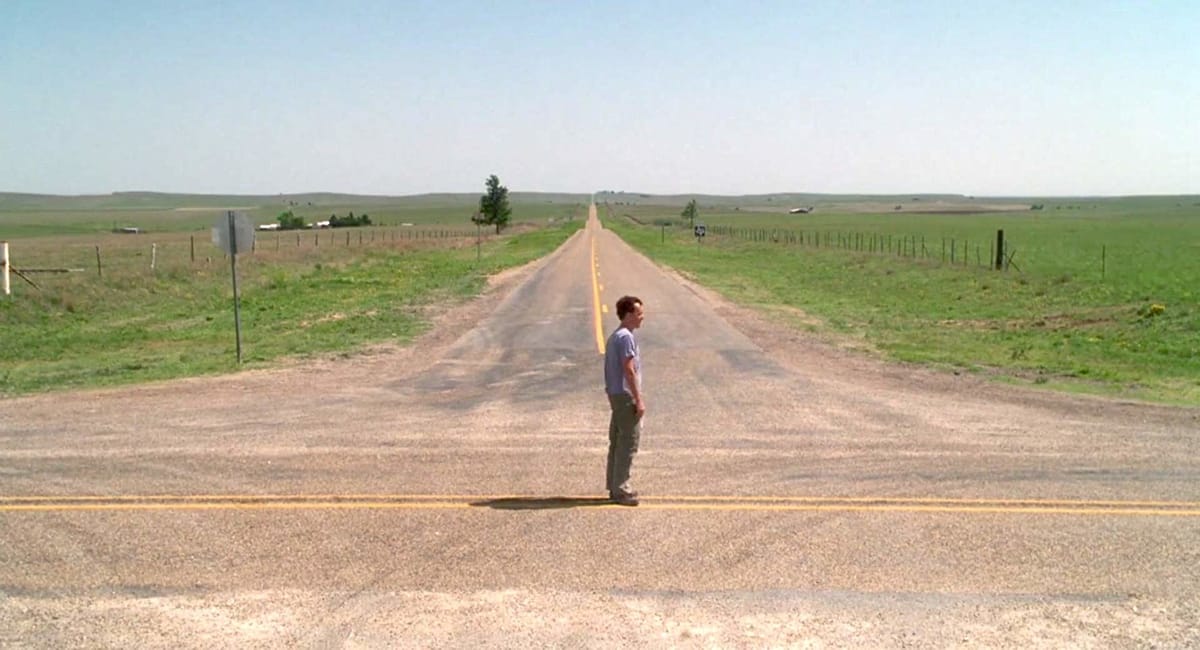
The Story and Plot Weekly Email is published every Tuesday morning. Don't miss another one.
The point of a screenwriting process.
One of my primary goals as a writer and a teacher is to simplify. How do we get out of our own way and write with confidence?
We do this through a process.
There is an excellent line from James Clear in his book Atomic Habits.
You do not rise to the level of your goals. You fall to the level of your systems.
I believe this. It is a riff on an older line.
Under stress, you fall to the level of your training.
Many like to wing it in their screenwriting, and if that works for you, keep doing it.
It didn't work for me.
My early work was wildly inconsistent, and it wasn't until I started teaching that I understood why.
If I had not found the consistency I have now, I would have been out of the business long ago.
Whether you call them processes, systems, or fundamentals, the two primary benefits of them are:
- Creating a consistently high level to your floor.
- The ability to diagnose and fix what isn't working.
The primary way I do this is by reducing as many options as I can. Yes. Reducing options.
Narrow your choices.
As writers, our most common enemy is the tyranny of infinite choice. It freezes us up. We either don't write anything at all, or we write generalized, non-choices that don't move the needle in either direction.
So either the writing doesn't exist, or it's boring. Neither option should be acceptable.
We need a plan to narrow our options to make it easier to be decisive and confident with our choices.
I used to play online poker. I was terrible, but I enjoyed it. Occasionally, you're dealt a hand that's good but not great. If you don't have a plan ahead of time, this is the worst place to be. You can make an argument to stay in, and you can make an argument to fold.
It's a recipe for indecision.
Unless. The player ahead of you goes all-in.
Now their decision made your decision easy.
Sure, they may be bluffing, but you got nothing, so what does it matter if they are?
You fold. Never think twice about it.
This is what we are looking for.
How do we make big, broad decisions that make the subsequent smaller decisions easier?
Pre-outline
This is usually the most prolonged phase of my writing. I was in this phase on one project for over a decade! It consists of three things, and in no particular order:
- Determine what story I am telling. (Who transforms and how?)
- Determine the dramatic question.
- Scene generation.
Those first two items dictate nearly every structural choice I will make. I can't start outlining until I figure them out.
The good news is that once I figure one out, the next one gets easier. That's because one influences the other, and only so many options will fit.
The third item, the catch-all "scene generation," is what it sounds like. That's just me thinking about and brainstorming great scenes, characters, moments, dialogue, and all the other details that will make this project special.
This allows me to keep working on the project even though I'm not outlining yet. I need the dramatic question and story to do that, but once I figure those out, I usually fly.
If I have the story and dramatic question, I can outline anything.
The outline.
While I still break an outline into four acts, I break it down further into eight sequences (two for each act).
Over 28 years of writing professionally, I veered from non-traditional story structure twice. And even those had the bones of a traditional story structure. Most stories don't need anything fancy.
After all, the characters, scenes, and sequences make the difference, not the structure. The structure is just a tool to help with those things.
Remember that structure breakdown PDF I sent you when you first signed up? This one here:
Break it out or click the image to download again.
My outline consists of 14 primary decisions. Twelve of those are dictated by the story, the dramatic question, or both.
Dictated by the story:
- Ordinary world.
- Realization.
Dictated by the dramatic question.
- The inciting incident.
- Act 1 break (The dramatic question.)
- Sequence 3 pivot into First Attempts.
- Sequence 5 pivot into Drive To The Finish.
- Crisis.
- Act 3.
Dictated by both.
- Midpoint.
- What now? (Sequence 2)
- The sacrifice.
- Resolution.
So once we make those two primary decisions, our list of options drops from infinity to dozens.
It's like a filter in a search. Only so many choices now fit. All from making a big choice up top.
And once we make any of those choices, the options for the next decision drop even more!
Like a crossword puzzle, the more decisions we make, the easier they get.
Nearly everything comes down to:
- What supports the story?
- How does the scene connect to the main tension of the dramatic question?
Everything else becomes problem-solving and refusing to settle for less.
Make the big decisions first.
This goes for scenes, sequences, and characters.
Why is the character in the story? How do they help the protagonist on their journey?
What change needs to happen in this scene that pushes the protagonists towards, back or away from their ultimate destination?
Once you know something's purpose, your choices move away from what could happen and toward what needs to happen, which is much more productive.
Fewer options is not limiting.
Narrowing your options does not make you less creative. It makes you more creative. It liberates you to tell the story you want to tell.
You can be decisive and commit. You can sink your teeth fully into a moment because you know what your story needs from that moment.
You get to explore something rather than search for something.
That's when screenwriting is the most fun.
That's a wrap!
We are approaching the one-year anniversary of The Weekly Email. I can hardly believe it.
Thanks for subscribing, and thanks for helping to spread the word. Every repost, share, and kind word makes a difference.
As always, you can find the online version of this email HERE.
Until next week.
Cheers!
Tom
The Story and Plot Weekly Email is published every Tuesday morning. Don't miss another one.
 Tom Vaughan
Tom VaughanWhen you're ready, these are ways I can help you:
WORK WITH ME 1:1
1-on-1 Coaching | Screenplay Consultation
TAKE A COURSE
Mastering Structure | Idea To Outline
